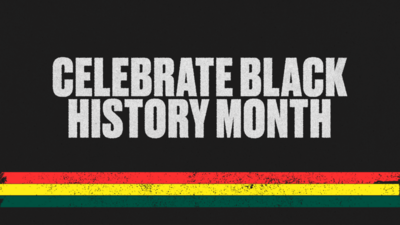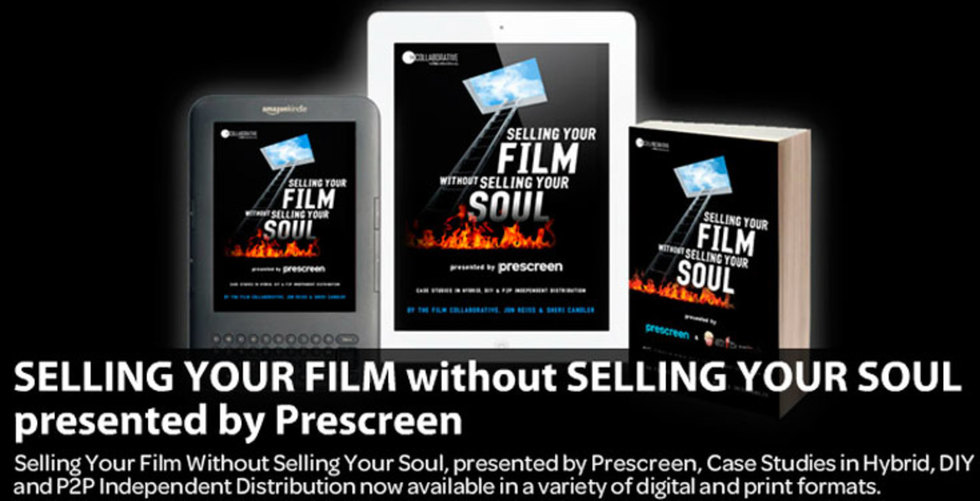
BY JON REISS |
A New Path to Engage Film Audiences and Create Careers
An excerpt from a new book shines a light on how independent filmmakers can redefine film rights and theatrical distribution.

Editor’s note: A new book, Selling Your Film Without Selling Your Soul, written by The Film Collaborative (Orly Ravid & Jeffrey Winter), Jon Reiss and Sheri Candler has just been published. It is a great new resource for independent filmmakers, replete with details on how a few innovative filmmakers are connecting with audiences. It is available in a variety of formats, (I am currently reading it on my iPad, where the enhanced version comes with video interviews). We have excerpted this portion by Jon Reiss as he explains how filmmakers should look at film rights.
Redefinition of Film Rights
I feel that the traditional way that film rights have been separated by the studios has been largely in reaction to technological developments. In other words, when television was invented, the studios created television divisions. When VHS tapes were invented, they created home video divisions. When the Internet arose they created digital divisions.
However, while this system works well for the studios, the approach is not as helpful to independent filmmakers who are trying to figure out how to best achive their objectives. When considering the ways that an audience will consume a film, I think that the redefinition of film rights as laid out in Think Outside the Box Office is even more relevant today than when I wrote the book. In Think Outside the Box Office, I divided film rights into three basic categories: Live Event/Theatrical, Merchandise and Digital.
Live Event/Theatrical
In which the film is screened in front of an audience in the manner intended by the filmmaker. Any time, any place, and on any media. This redefinition enables filmmakers to claim the widest possible theatrical release. I would argue that a packed one-night screening is more valuable to the filmmaker and audience than a week of partially filled theaters. Why then is the week-long run considered “theatrical” and the one-night event is not? It makes no sense. More important than “theatrical” is the notion of an “event.”
The event is something that the audience will perceive as unique, and special enough to motivate them to leave the house and devote their time to seeing the movie in a venue that the filmmaker/distributor has arranged for their viewing. The common consumer experience is a live communal event unavailable anywhere else.
Furthermore, what does the actual nature of the venue matter, so long as people are experiencing the film in a communal setting? No conventional theaters existed in the beginning of cinema; why accord them special status now?
The greatest similarity between the three films examined in this section is how they best exemplify this redefinition of “theatrical." Despite mainly booking conventional theaters via a traditional booker, Note by Note created unique events by showcasing the actual Steinway piano featured in the film, at many, if not most of the movie’s opening nights across the country. Ride the Divide partnered with their soundtrack musicians (many of whom were selected for the film because they were based in their target location!) as well as local bike stores to create events catered to their audience.
The case of The Best and the Brightest illustrates the absolute need to redefine theatrical. According to every indicator except for traditional publicity, their “preview screening campaign” met with greater success than their conventional “theatrical” release: more people saw the film, the audience was more engaged (sold out screenings with stars appearing at one-night events), the film made more money and the filmmakers created a tremendous amount of grassroots awareness.
Unfortunately, the traditional press still functions to primarily service traditional theatrical, so it was only when they booked the film into NY and LA, typically the most important cities in which to premiere a film (only 2 cities compared with 28 cities for the preview screening) that they secured mainstream film reviews as well as network television interviews for their stars.
My fervent hope is that the growing success of live event/theatrical will persuade the traditional media that a film does not need to have a conventional theatrical release to be newsworthy.
Merchandise
Merchandise concerns the sale of hard-good consumer products. For merchandise—the consumer experience is one of Object & Identity; I want that object because it has some intrinsic value and/or expresses something about me. If this purchase is driven by an underlying value of the object itself, then filmmakers would be wise to create and offer products with some fundamental value.
Note by Note did well with traditional DVDs. The jury is still out on The Best and the Brightest. Ride the Divide had a merchandise release as innovative as their live event/theatrical. Blurring the lines between events and merchandise, Ride the Divide created living-room screening kits that included the film and sponsored merchandise all in a nice wooden box. They also contributed half the proceeds to Livestrong, which they maintain greatly boosted their sales.
Digital Rights
Digital rights concern the consumption of a film when it has been delivered in the form of 0s and 1s. In Think Outside the Box Office, I detailed the minefield that the convergence of television/cable and broadband delivery was causing. For this reason I argued that it was important to combine these rights in the same category. However, I feel that there is another reason to put these rights in relationship to each other: they satisfy a common consumer experience: the need to watch the film “how I want it, where I want it, on the digital platform that I own.”
This is why New Video is going day-and-date with all ancillaries for The Best and the Brightest. Note by Note utilized an innovative approach to television, engaging PBS screenings, which boosted DVD sales and allowed the producer to sell underwriting time. So far, however, Ride the Divide has pursued the most innovative approach to their digital rights by coordinating their premiere on The Documentary Channel with both their iTunes debut and—most importantly—their free screening period on YouTube to launch their partnership with Livestrong.
I am constantly inspired by artists who create new paths to engage audiences and to sustain themselves financially. What follows is a look at three films that refused to take the traditional system’s “no” for an answer. Instead, they struck out in unique ways to create an audience for their films and in the process discovered new methods to create and finance future projects.
You can download Selling Your Film Without Selling Your Soul here.
